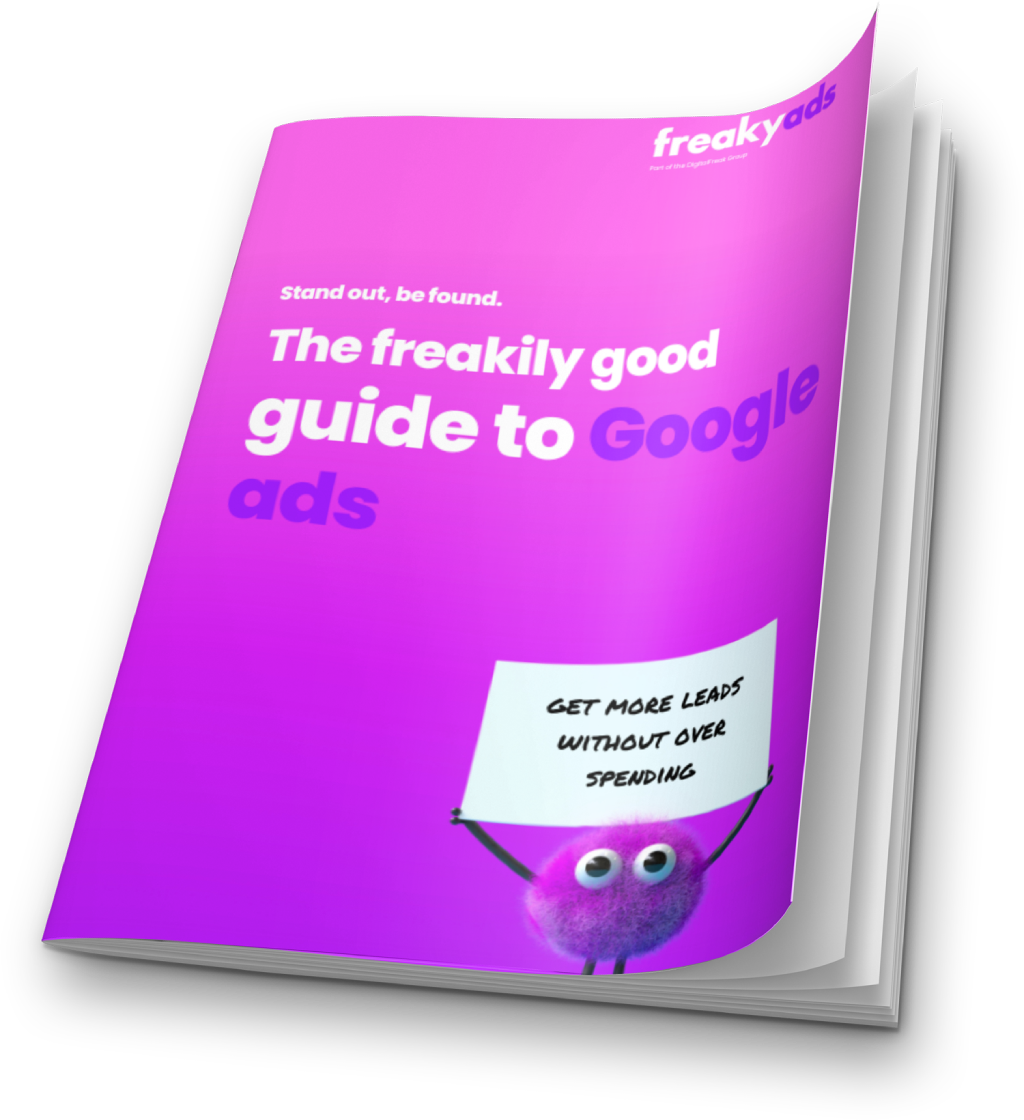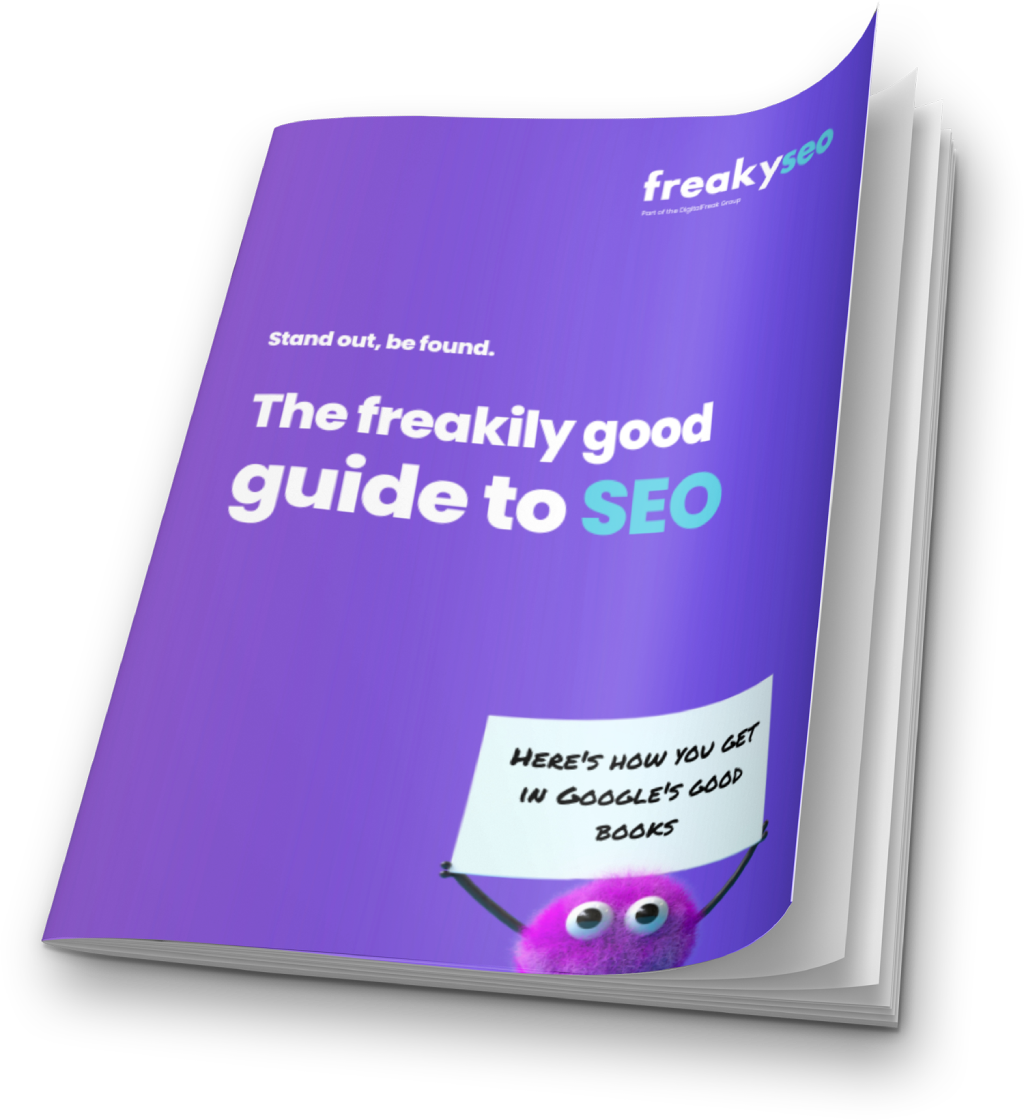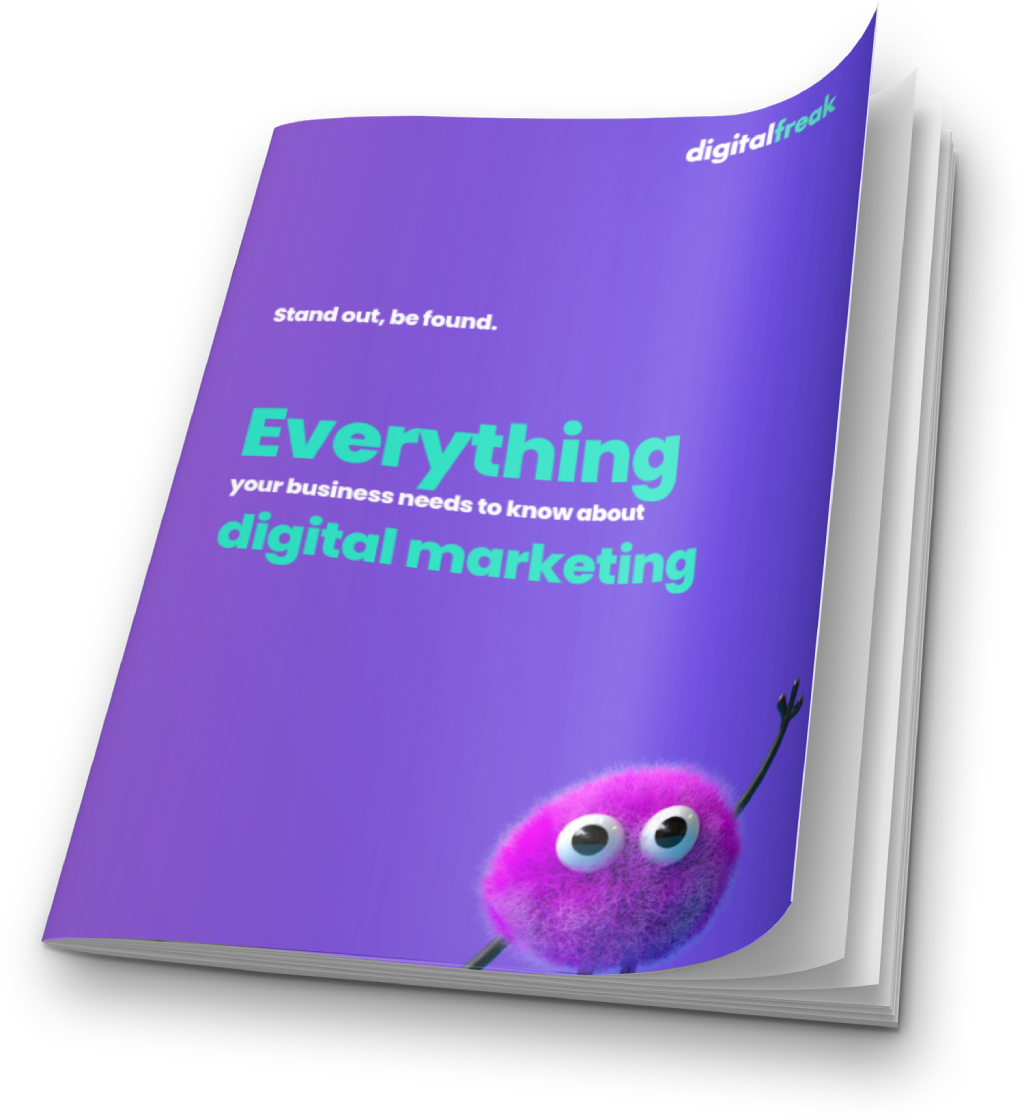Search has changed. A few years ago, businesses could get by with stuffing their websites full of keywords, chasing backlinks, and ticking off a few on-page basics. Today, that approach doesn’t cut it. If you’ve noticed your competitors pulling ahead in rankings and traffic, chances are they’re using semantic SEO.
This shift matters because Google no longer looks at your content as a flat list of keywords. It tries to understand the meaning behind what you write, the intent of the person searching, and how well your site answers that need. Competitors who adapt to this reality are rising in visibility, while those stuck in the old way of doing SEO are being left behind.
So why does semantic SEO give your rivals such a strong edge, and what can you do to catch up? Let’s dig in.
What Is Semantic SEO?
At its core, semantic SEO is about creating content that aligns with meaning and context, not just keywords. Google and other search engines use natural language processing (NLP), machine learning, and entity recognition to analyse what a page is really about.
For example, if someone searches “best running shoes for overpronators,” Google doesn’t just look for those words. It considers synonyms, related topics, and user intent. A competitor’s article that explains types of flat feet, features to look for in running shoes, and trusted product recommendations will rank higher than a page that only repeats “best running shoes” over and over.
Semantic SEO focuses on:
- Covering topics comprehensively
- Answering related questions people ask
- Linking concepts together with context
- Using structured data so search engines can interpret content clearly
This is why competitors who embrace it dominate search results: they make it easier for Google to see their content as the best possible answer.
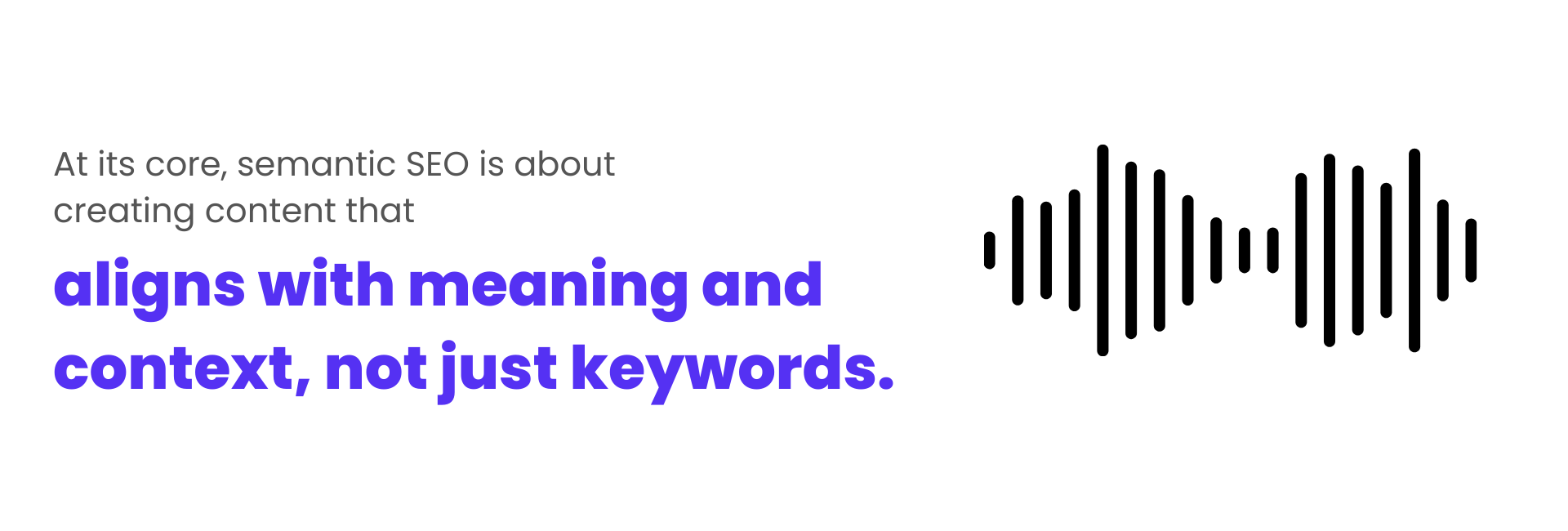
The Relationship Between AI and Semantic SEO
Artificial intelligence is at the heart of how search engines process content today. Google’s algorithms, particularly BERT (Bidirectional Encoder Representations from Transformers) and MUM (Multitask Unified Model), are designed to understand language in a way that goes beyond matching words. They analyse how terms connect, the intent behind a query, and the broader context of a page.
For example, if someone searches for “how to reduce electricity costs at home,” AI doesn’t just look for the keywords “reduce” and “electricity costs.” It interprets the intent as “tips for lowering household power bills” and serves content that explains efficiency strategies, appliance choices, and government rebates. Businesses that only optimise for surface-level keywords will miss this match.
This is where semantic SEO comes in. By focusing on meaning, context, and relationships between topics, you align your content with how AI evaluates quality. Competitors who adopt semantic SEO position themselves as better sources, which makes them more likely to appear in featured snippets, AI-powered summaries, and higher rankings.
AI is only going to get smarter. Businesses that align with semantic search now will secure an advantage, while those stuck in keyword-first strategies will continue to lose ground.
Why Competitors Gain an Edge With Semantic SEO
1. They Capture More Search Intent
Competitors using semantic SEO don’t just rank for one keyword. They rank for dozens, even hundreds of related phrases and questions because their content is broader and deeper. That means more entry points to their site and a greater share of organic traffic.
2. They Build Stronger Authority
By covering a topic thoroughly, they signal expertise. Search engines reward this with higher rankings. Customers reward it with trust, because they see the business as knowledgeable and reliable.
3. They Perform Better in AI-Powered Search
AI-driven search tools like Google’s Search Generative Experience (SGE) or Microsoft Copilot pull content from authoritative sources. Competitors using semantic SEO are more likely to be cited, giving them visibility even when users don’t click through traditional links.
4. They Future-Proof Their Strategy
Semantic SEO adapts better to algorithm changes. Because it focuses on meaning, context, and quality, competitors don’t suffer as much when Google rolls out updates.
5. They Improve User Experience
Better-structured, informative content keeps visitors engaged. That reduces bounce rates, increases time on site, and creates more opportunities for conversions. Google notices this behaviour, which feeds back into stronger rankings.
The Cost of Doing Nothing
Choosing not to adapt to semantic SEO is more than just standing still. It gives competitors room to surge ahead. Search engines reward content that covers a topic in depth and answers related questions clearly. If your competitors are producing this kind of content and you are not, you will steadily lose rankings. Even if you manage to hold on to a few positions, your organic traffic will likely plateau and then decline as new algorithms prioritise context and intent.
Another major risk is missing out on new search opportunities. Google increasingly highlights featured snippets, People Also Ask boxes, and AI generated answers. These are prime spots where customers look for quick, trustworthy information. If your content does not align with semantic SEO principles, it will not be selected for these positions, while your competitors’ content takes centre stage instead.
On top of that, weaker content earns fewer backlinks and builds less authority. Other sites and industry publications are far more likely to link to in depth, informative resources. Without this validation, your site looks less credible to both users and search engines.
In the long run, ignoring semantic SEO means losing not just rankings but relevance. Competitors who act now will dominate visibility, attract higher quality leads, and build durable online authority. If you delay, catching up will become harder, more expensive, and far less effective.
How to Catch Up With Semantic SEO
The good news? You can turn things around. Catching up requires effort, but the payoff is significant. Here’s a roadmap to help.
1. Start With Search Intent Research
Instead of building content around keywords, think about questions your audience is asking. Use tools like:
- Google’s People Also Ask
- AnswerThePublic
- Semrush Topic Research
- Ahrefs Content Explorer
This reveals related questions, subtopics, and angles your competitors might already be targeting.
2. Build Topic Clusters
Topic clusters organise your content into a hub-and-spoke structure. For example, if you’re an accounting firm, you might create a central “Small Business Tax Guide” page. Around it, you’d publish articles on deductions, GST, bookkeeping tips, and compliance. Interlink them so search engines see the connections.
This approach boosts authority and ensures you cover topics in-depth, just like your competitors.
3. Use Entities, Not Just Keywords
Search engines increasingly rely on entities—people, places, organisations, concepts—to interpret meaning. When writing content, reference recognised entities and connect them logically. For example:
- Instead of just “SEO,” talk about “Google Search,” “search algorithms,” “natural language processing,” and “structured data.”
- Use schema markup to reinforce these relationships.
4. Add Schema and Structured Data
Structured data makes your content machine-readable. Adding schema for articles, FAQs, products, and reviews helps Google understand the context and can earn you rich snippets. Competitors doing this already appear with star ratings, FAQs, and product highlights, making their listings more clickable.
5. Optimise Internal Linking
Internal links aren’t just navigation tools. They help distribute authority and show relationships between topics. Link related pages with descriptive anchor text that reflects the topic, not just “click here.”
6. Refresh Old Content With Semantic Principles
Audit your existing blogs and service pages. Expand thin content by answering related questions, adding FAQs, or embedding structured data. Update headings to reflect intent, not just keywords. This can give you quick wins without starting from scratch.
7. Balance Depth With Readability
Competitors who rank high usually strike the right balance. They write in-depth content but keep it accessible with clear headings, short paragraphs, bullet points, and visuals. Aim for the same: comprehensive coverage that people actually want to read.
8. Monitor Competitors Closely
Keep an eye on what competitors publish, how they structure their content, and where they’re gaining backlinks. Use tools like Ahrefs or SimilarWeb to track traffic sources and content strategies. Learn from what’s working for them and apply those insights to your own site.
Measuring the Success of Your Semantic SEO Strategy
Adopting semantic SEO is only half the job. To know whether your strategy is working, you need to track the right signals, not just your main keyword rankings. One of the clearest indicators is growth in impressions and clicks for long-tail queries. These are the extended, conversational searches that semantic optimisation helps you capture.
You should also see improved rankings for related terms that you may not have directly targeted. This shows search engines are interpreting your content as authoritative on the broader topic, not just a single phrase. Engagement metrics like time on page, scroll depth, and reduced bounce rates are another positive sign, since they indicate users are finding your content valuable enough to stay and explore.
Finally, increased visibility in People Also Ask boxes, featured snippets, and AI generated summaries confirms your content is being recognised as a trusted resource. When you begin to appear in these high-impact positions, it means you are not just ranking for one term but starting to own the entire conversation around a subject.
By focusing on these signals, you can measure the real impact of semantic SEO and see how it strengthens both visibility and authority over time.
Take Action and Get Ahead Now
Competitors who use semantic SEO will outrank you because they align with how search engines and people actually process information. The longer you wait to adapt, the harder it will be to catch up.
The steps are clear: shift focus from keywords to intent, build topic clusters, use entities and schema, and refresh your existing content. By doing so, you can reclaim visibility, improve user experience, and position your business as the go-to source in your industry.
Search is evolving fast. But with the right approach, you don’t have to watch competitors pull ahead. You can meet them head-on and build an SEO strategy that works today and tomorrow.
At Digital Freak, we work with small to medium businesses across all industries, helping them cut through the online noise with smart, affordable marketing that actually delivers. From local tradies and start-ups to national e-commerce brands, our clients choose us because we focus on results that matter: more leads, more sales, and more growth. If you’re ready to stop guessing and start seeing real results, book your free strategy call today and let’s build an SEO plan that works for your business!
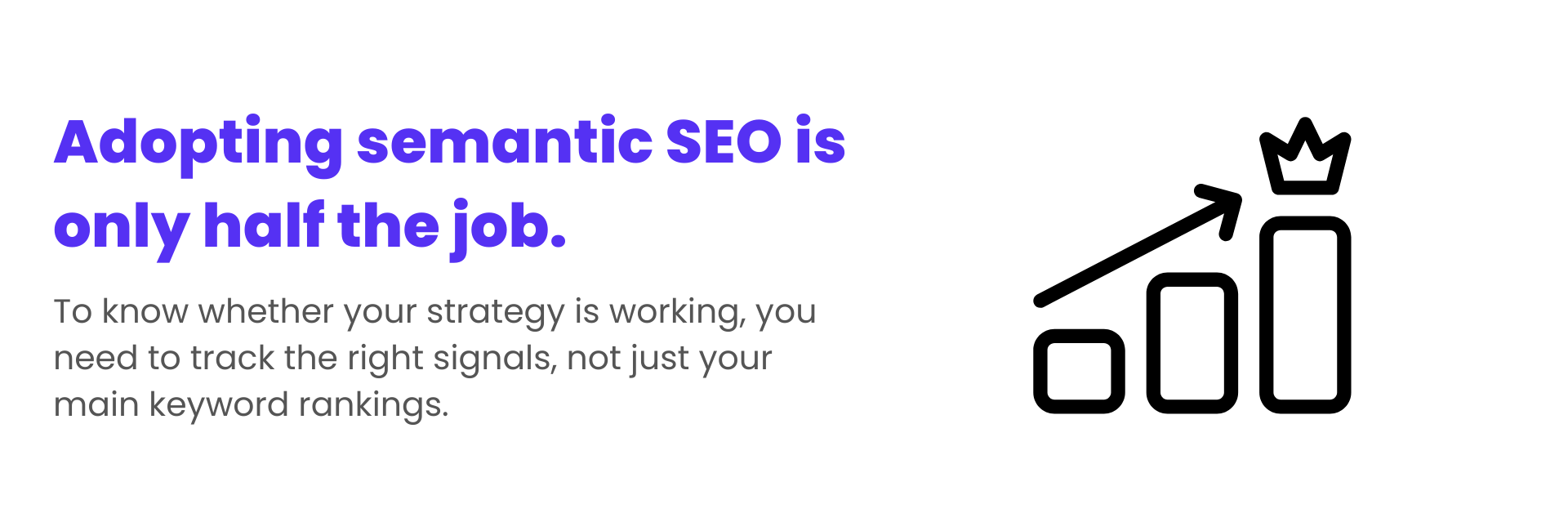
FAQs
What’s the difference between traditional SEO and semantic SEO?
Traditional SEO relies on exact keywords, while semantic SEO considers intent, context, and related concepts. Semantic SEO allows you to rank for a broader set of queries, appear in featured snippets, and align better with AI-driven search. If your competitors are using semantic SEO, they’ll outrank you. Digital Freak helps Melbourne businesses catch up and stay ahead. Ready to adapt your strategy? Contact us for a free SEO consultation.
How is SEO changing with semantic search?
SEO has shifted from focusing on exact keywords to understanding user intent and context. Search engines now analyse topics, entities, and relationships between concepts. This means thin, keyword-stuffed pages no longer perform. Businesses need to create content that answers real questions in depth. Our Melbourne SEO team builds SEO strategies designed for today’s search landscape. Want to stay ahead of the curve? Book your free SEO strategy call with us.
What happens if I don’t adapt to semantic SEO?
If you ignore semantic SEO, your competitors will outrank you. Your website may stop appearing for relevant searches, and you’ll miss out on traffic, leads, and revenue. Google updates are getting stricter about quality and intent, so outdated strategies no longer work. Don’t risk being invisible online. Our Melbourne SEO agency helps businesses refresh their SEO to meet today’s standards. Contact us today for a free strategy call and start catching up.
How does content marketing drive semantic SEO?
Content is the backbone of SEO. Blogs, guides, and landing pages give you more opportunities to target search queries and answer customer questions. The right content also builds trust and authority. At Digital Freak, we specialise in creating content for small businesses in Melbourne that drives rankings and results. If your blog isn’t delivering traffic or leads, let us help with SEO-driven copywriting. Contact us for a free strategy call and content audit.
Will semantic SEO affect small businesses?
Yes, and in many cases, it helps smaller businesses. Semantic SEO rewards depth, clarity, and relevance, not just big budgets. A well-structured blog or service page that answers customer questions can outrank larger competitors. But you need the right strategy to make it work. Digital Freak specialises in helping small to medium businesses in Melbourne compete online. Get in touch for a free SEO strategy call and see how we can level the playing field.
Written by
Web Support



